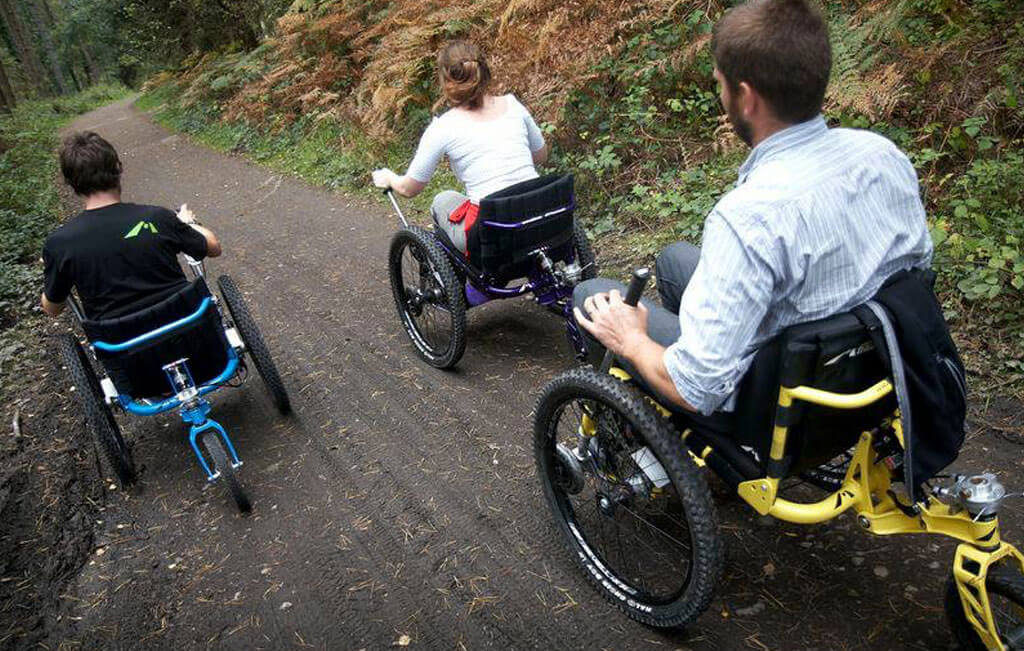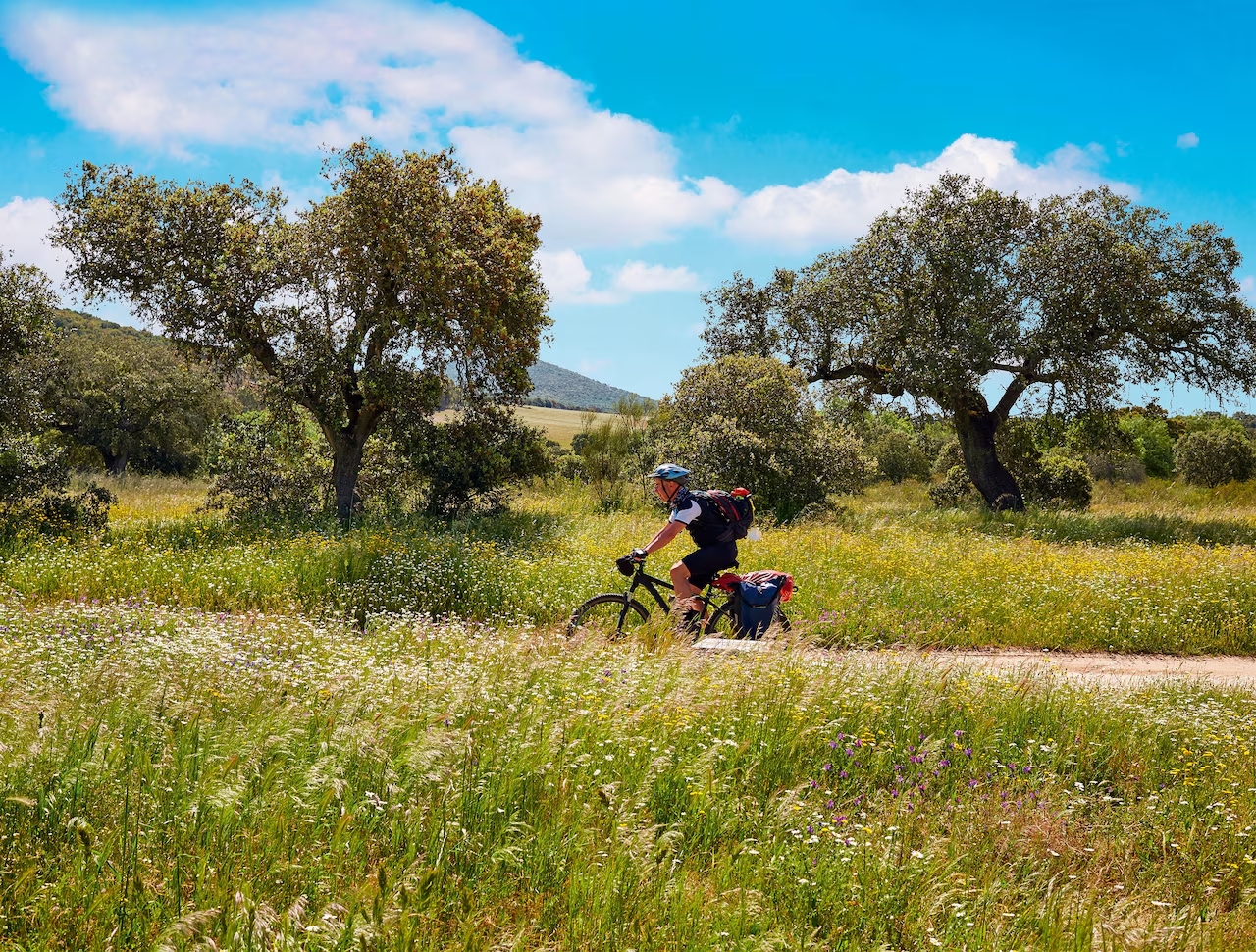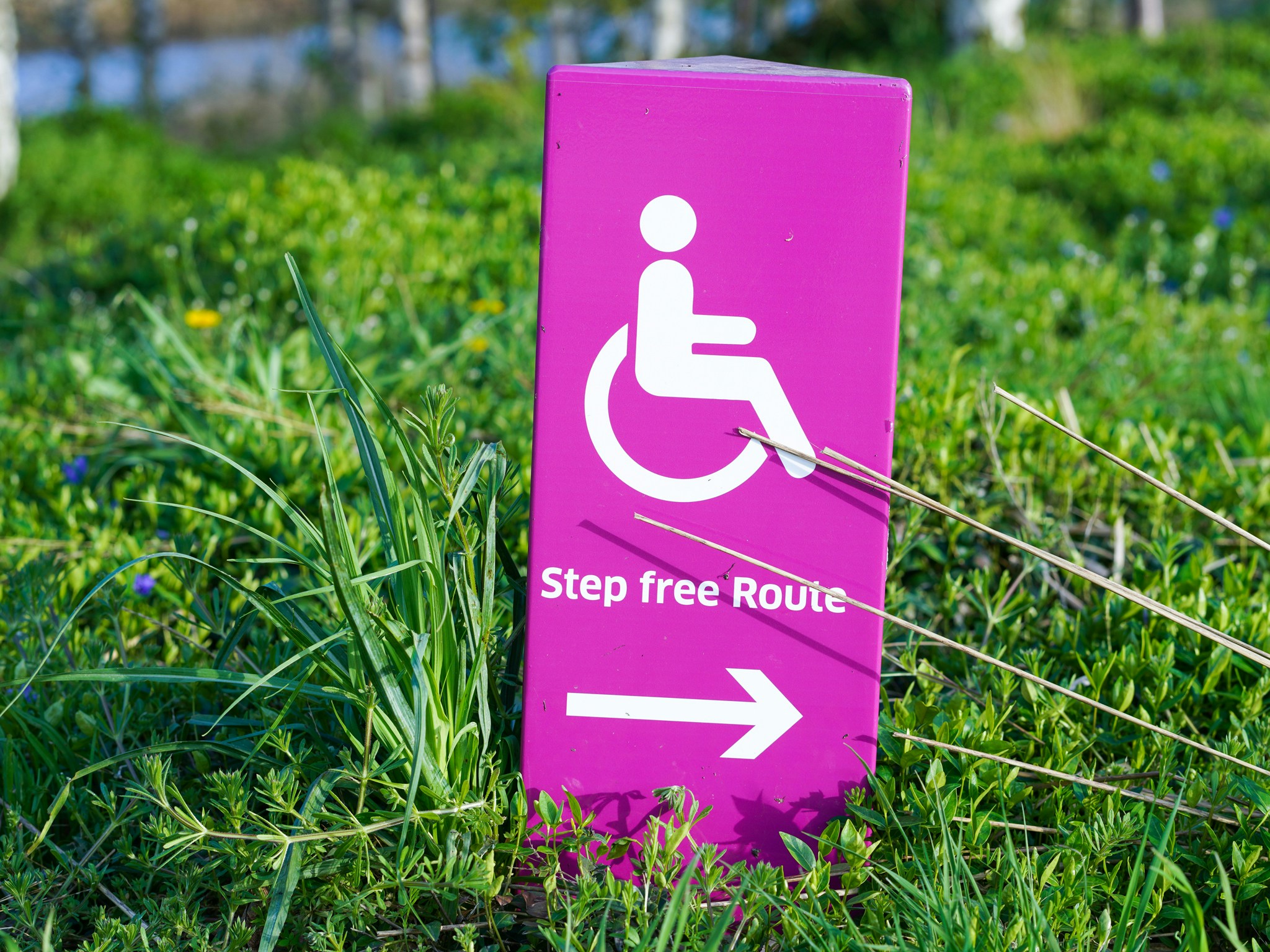Why we created the InCASA?
The Camino de Santiago is a network of pilgrimage routes in northern Spain leading to the Cathedral of Santiago de Compostela.
Despite the Camino's appeal, many people with disabilities face significant challenges in undertaking the pilgrimage.
Physical barriers can include uneven terrain, narrow paths, lack of accessible transportation, and inadequate restroom facilities.
Communication barriers may arise due to a lack of signage in Braille or tactile maps, or limited availability of information in accessible formats.


We aim to enhance accessibility and participation in the Camino de Santiago pilgrimage for youngsters with disabilities. By developing an accessible web app and a training platform for caregivers and youth workers, we seek to empower these individuals with the necessary resources and support for a meaningful pilgrimage experience. Our project also aspires to inspire similar initiatives across Europe, promoting inclusivity in outdoor and cultural activities
The Camino de Santiago is a network of pilgrimage routes in northern Spain leading to the Cathedral of Santiago de Compostela.


Funded by the European Union. Views and opinions expressed are however those of the author(s) only and do not necessarily reflect those of the Instituto de la Juventud (INJUVE). Neither the European Union nor INJUVE can be held responsible for them.
